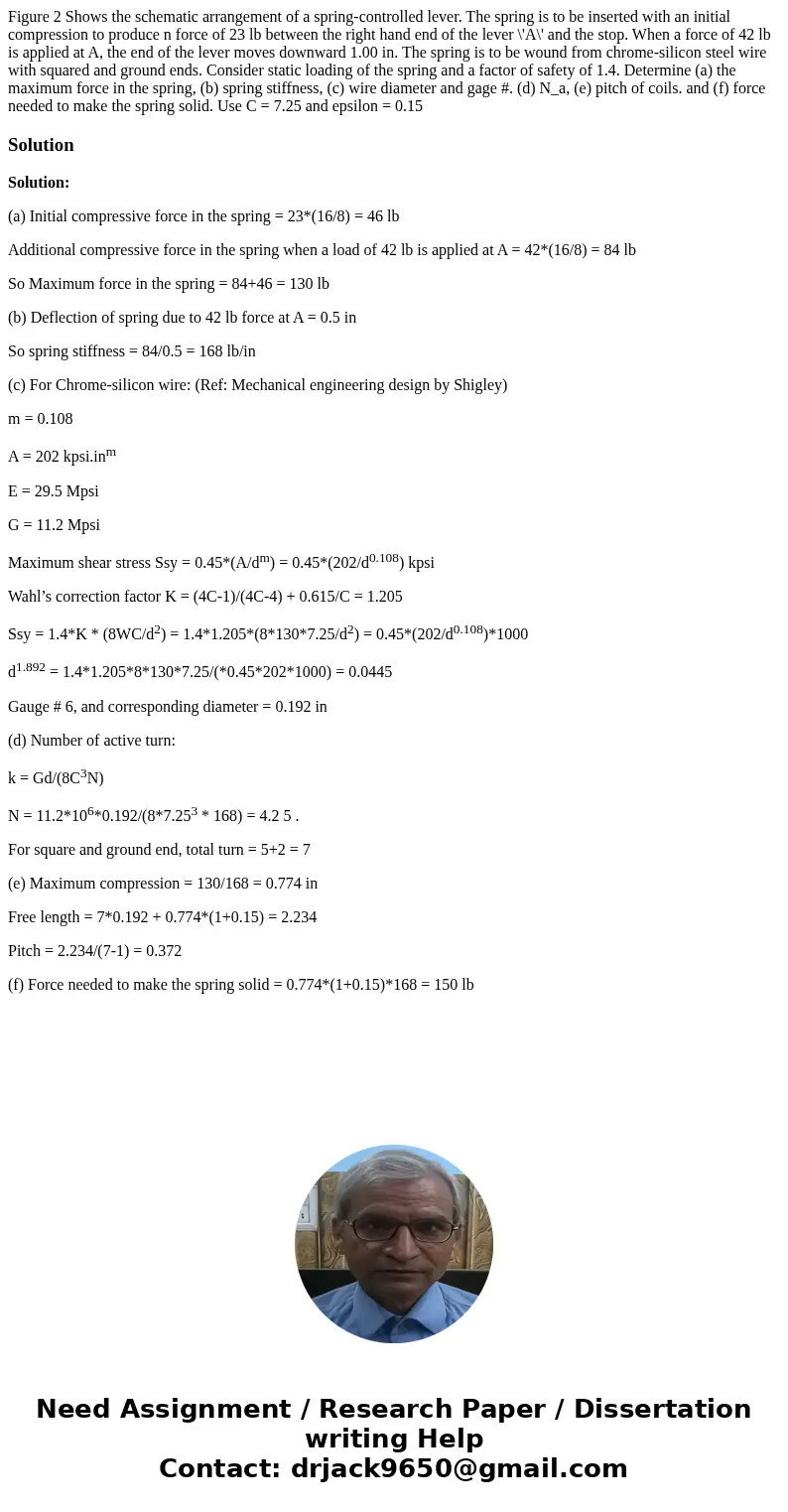Figure 2 Shows the schematic arrangement of a springcontroll
Solution
Solution:
(a) Initial compressive force in the spring = 23*(16/8) = 46 lb
Additional compressive force in the spring when a load of 42 lb is applied at A = 42*(16/8) = 84 lb
So Maximum force in the spring = 84+46 = 130 lb
(b) Deflection of spring due to 42 lb force at A = 0.5 in
So spring stiffness = 84/0.5 = 168 lb/in
(c) For Chrome-silicon wire: (Ref: Mechanical engineering design by Shigley)
m = 0.108
A = 202 kpsi.inm
E = 29.5 Mpsi
G = 11.2 Mpsi
Maximum shear stress Ssy = 0.45*(A/dm) = 0.45*(202/d0.108) kpsi
Wahl’s correction factor K = (4C-1)/(4C-4) + 0.615/C = 1.205
Ssy = 1.4*K * (8WC/d2) = 1.4*1.205*(8*130*7.25/d2) = 0.45*(202/d0.108)*1000
d1.892 = 1.4*1.205*8*130*7.25/(*0.45*202*1000) = 0.0445
Gauge # 6, and corresponding diameter = 0.192 in
(d) Number of active turn:
k = Gd/(8C3N)
N = 11.2*106*0.192/(8*7.253 * 168) = 4.2 5 .
For square and ground end, total turn = 5+2 = 7
(e) Maximum compression = 130/168 = 0.774 in
Free length = 7*0.192 + 0.774*(1+0.15) = 2.234
Pitch = 2.234/(7-1) = 0.372
(f) Force needed to make the spring solid = 0.774*(1+0.15)*168 = 150 lb

 Homework Sourse
Homework Sourse